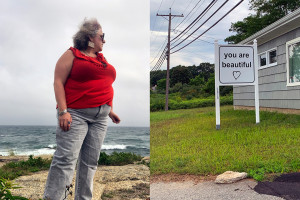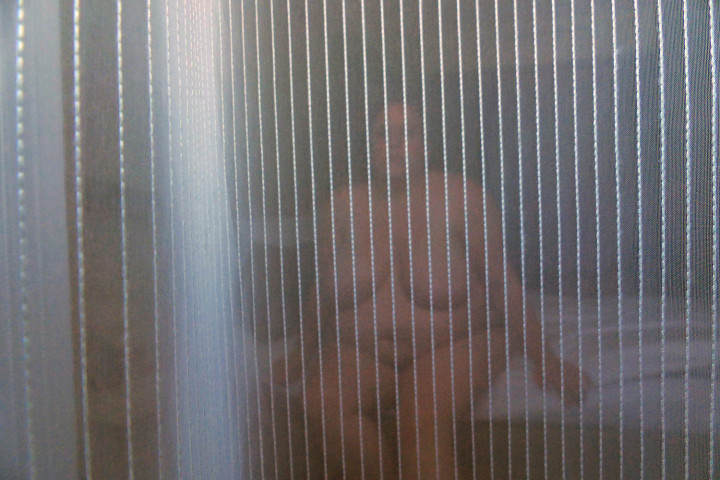
On February 14, 2020, I found out I had been accepted to Moore College of Art & Design’s MFA in Socially Engaged Art. I was elated at the news and saw it as an opportunity to shift my art and career in a new direction. Then, on March 4, my father, who I had been helping care for, passed away. Just over a week later, the world shut down because of the global COVID-19 pandemic. I wouldn’t leave my home again until I moved to Philadelphia the summer before the fall semester began.
My MFA experience at Moore has been overcast by a shadow of grief. This has been the basis of my art making and much of my research. When my second semester ended in May, I thought I would be writing and working on a thesis that focused on archives and grief. I was hoping to create work using the objects and photographs my father left behind as well as found photographs of strangers that I used as writing prompts. My hope was that these objects would give me some artistic inspiration.
As the summer progressed, my interest in the work I had started began to wane. Delving into my father’s things was emotionally draining and the art that I had so hoped would help me assuage the emotional turmoil I still felt over a year after his death never materialized. I found myself returning to creating my own photography. Specifically, I went back to a photographic form that has always been part of my artistic practice: self-portraiture. Even before I started at Moore, I had been documenting my experience with grief, looking at how it affected me, my mother and our relationship. Making these images from moments in my life gave me the catharsis for which I had been looking.
My thesis work is examining photographic self-portraiture as a form of social practice. Can an artist tell a more communal story by explicitly sharing their own experience? An aspect of this that I am greatly interested in is the concept of truth within the tradition of self-portraiture. Fact and fiction are not a binary, but rather a spectrum. My work plays with that line.

Things shifted after I got my COVID-19 vaccination. I felt comfortable leaving my apartment and going for long walks through Philadelphia’s Center City. It was during these outings outside of my home that I started noticing dead birds on the sidewalk. It wasn’t so often to be concerning, but often enough that I felt compelled to stop and photograph them. The most unique was the hummingbird I found while walking on John F. Kennedy Boulevard. It took me by surprise because I had never seen a hummingbird so still. It also felt like an otherworldly sign as they were my father’s favorite type of bird.

In a recent conversation with her, Moore alum Chelsey Webber-Brandis MFA ’20 encapsulated perfectly what the dead birds meant to me: “Once you’ve truly seen and felt death, you can’t not be open to seeing it everywhere.” This is true of not only what we see but how we relate to the things and people around us. It affects how I experience different complex human interactions: intimacy, touch, love, etc. My grief will never leave me. It will only evolve over time. My hope is that this work that I continue to make will be a documentation of that evolution as well as a narrative in which others can share.


